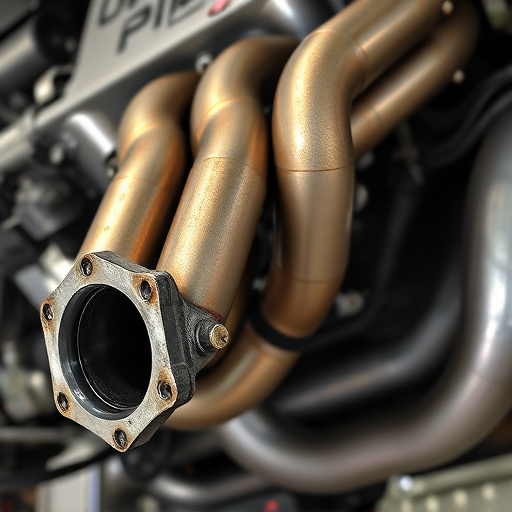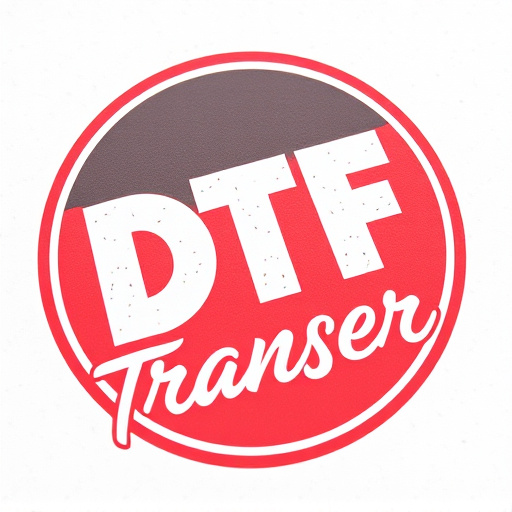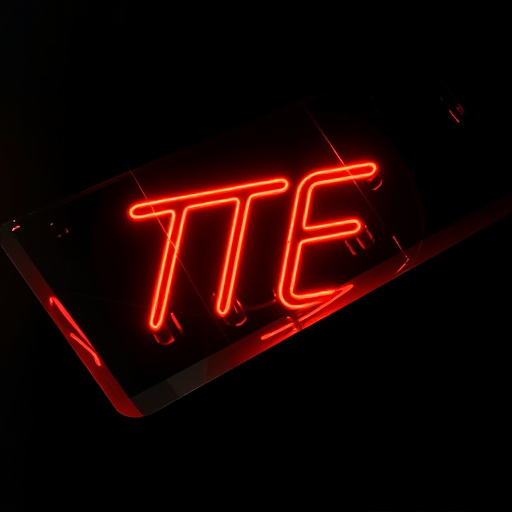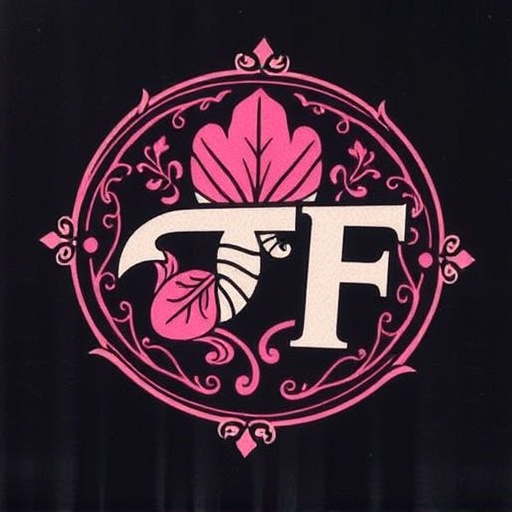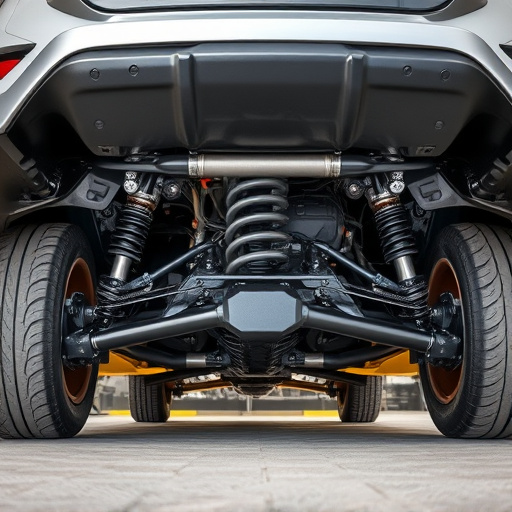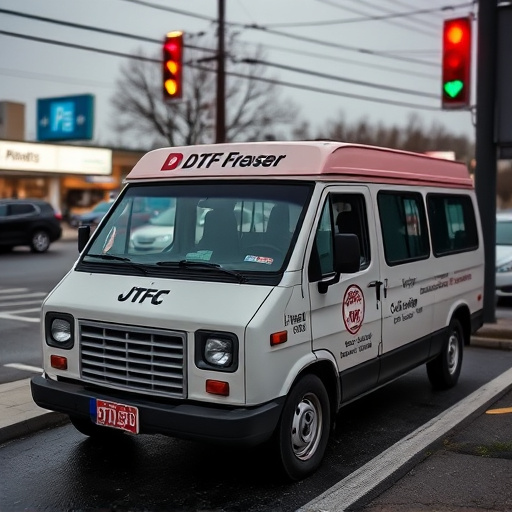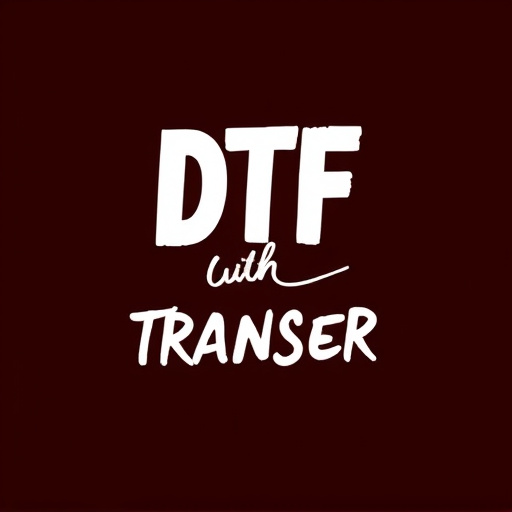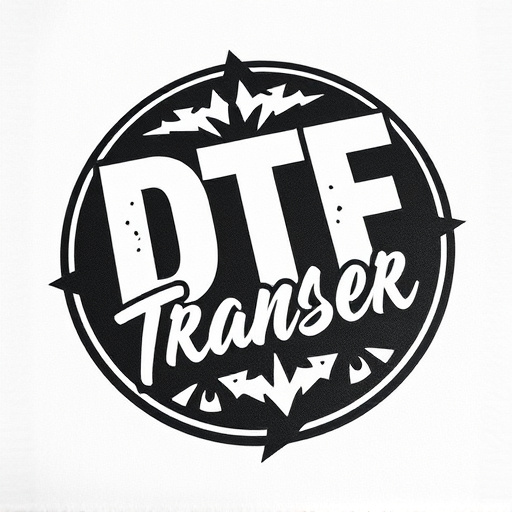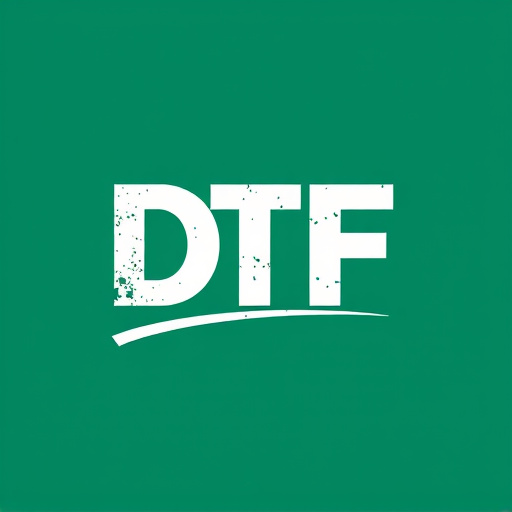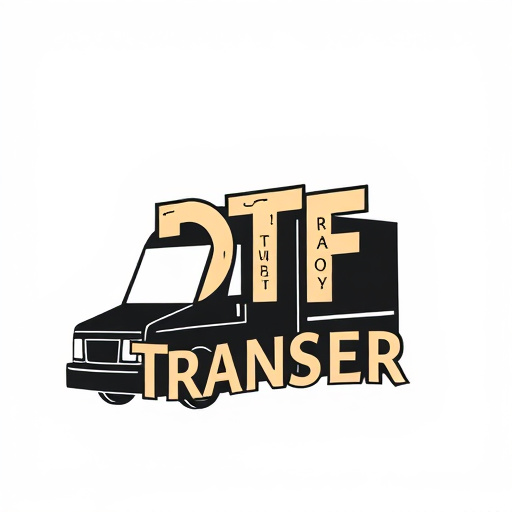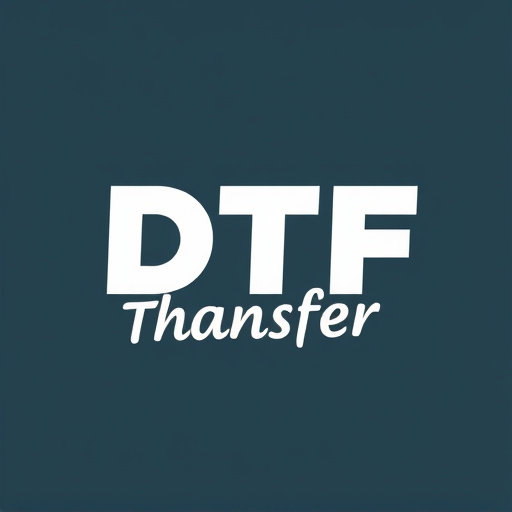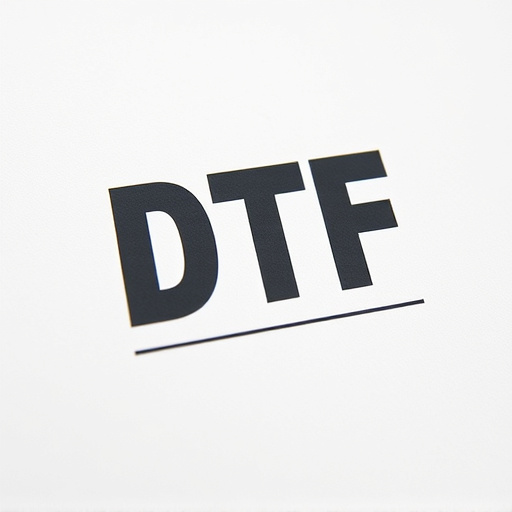Direct-to-Film (DTF) transfer printing is transforming the apparel industry by offering a modern, efficient alternative to traditional screen printing. This innovative process eliminates setup steps, uses advanced printers to apply ink directly onto fabric, and provides precise, vibrant results—perfect for small batches, on-demand printing, and rich graphics. While traditional screen printing offers exceptional detail retention for bulk production, DTF transfer's speed, ease of use, and high-quality outputs make it a top choice for designers, businesses, and custom product orders. With applications ranging from clothing to signage, DTF technology is poised for growth thanks to advancements in ink and hardware, ensuring enhanced resolution, color accuracy, and environmental sustainability.
In the dynamic landscape of printing, Direct-to-Film (DTF) transfer has emerged as a game-changer, challenging the long-standing dominance of traditional screen printing. This article delves into the evolving world of DTF technology, exploring its digital roots and modern applications. Understanding DTF’s innovative approach involves comparing it with conventional screen printing methods in terms of production processes, output quality, cost-effectiveness, and future potential. Discover how DTF transfer is revolutionizing various industries.
- Understanding Direct-to-Film (DTF) Transfer: A Modern Printing Revolution
- Traditional Screen Printing: The Established Method
- Production Process Comparison: DTF vs. Screen Printing
- Quality and Precision: Which Method Delivers Better Results?
- Cost Analysis: Evaluating Economic Factors
- Applications and Future Prospects of DTF Technology
Understanding Direct-to-Film (DTF) Transfer: A Modern Printing Revolution
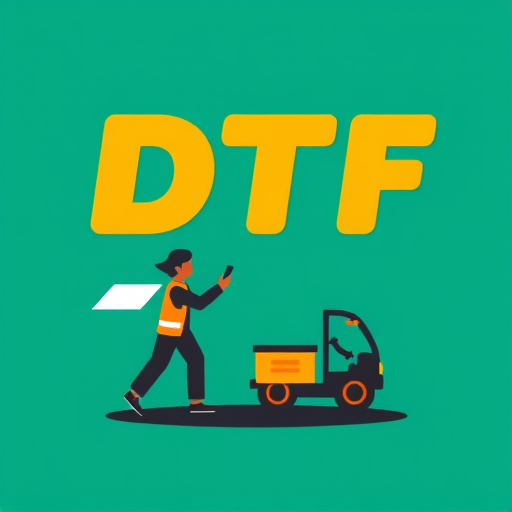
Direct-to-Film (DTF) transfer is a cutting-edge printing method that has transformed the t-shirt and apparel industry, offering a modern alternative to traditional screen printing. This innovative process eliminates many of the steps involved in conventional screen printing, streamlining the production workflow. Instead of setting up individual screens for each design color, DTF utilizes advanced printers to apply ink directly onto fabric, ensuring precise and vibrant prints.
The DTF Transfer revolutionizes the way custom apparel is created, enabling faster turnaround times and higher levels of detail. It’s particularly advantageous for small-batch production and on-demand printing, where flexibility and efficiency are key. With its ability to produce high-quality graphics with fine line details and rich colors, DTF has become a favorite among designers and businesses looking to offer unique, personalized products to their customers.
Traditional Screen Printing: The Established Method
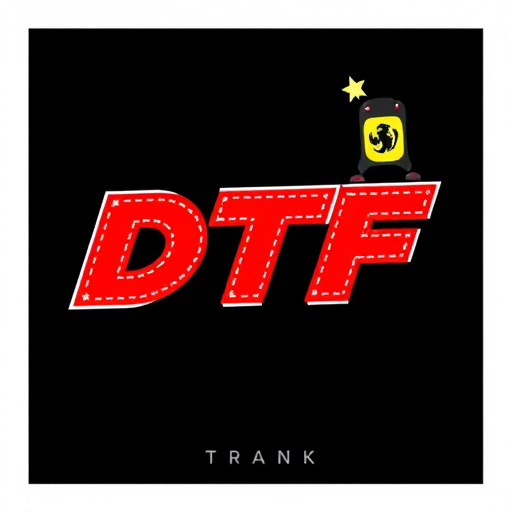
Traditional screen printing has long been the established method for creating custom designs on various materials, from fabric to paper and even wood. This process involves a series of intricate steps where a design is first created or adapted, then a mesh screen is prepared with emulsion. After the emulsion hardens, the design areas are exposed, leaving an open mesh pattern that allows ink to pass through only in specific areas. The screen is then placed over the substrate, and pressure is applied while ink is forced through the open areas of the screen onto the material below. This method offers precise control over the final print, making it popular for high-quality, detailed artwork.
While traditional screen printing has its strengths, it’s not without limitations. It requires a significant upfront investment in equipment and setup, making it more suitable for established businesses or large-scale production runs. Moreover, the process can be time-consuming, especially when designing and setting up screens for complex designs, which often translates to higher costs per print. In contrast, direct-to-film (DTF) transfers offer a faster, more accessible alternative that has gained popularity in recent years.
Production Process Comparison: DTF vs. Screen Printing
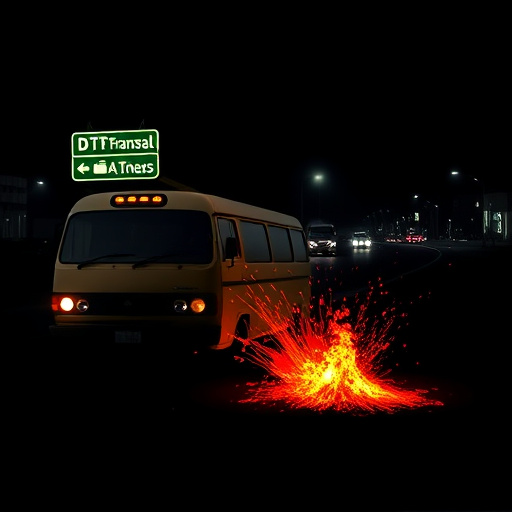
Direct-to-film (DTF) and traditional screen printing are two distinct methods for creating printed designs on various surfaces, each with its unique production process. In DTF, the design is transferred directly from a digital file to a specific material using heat and pressure. This method is often chosen for its efficiency, allowing for quick production times and the ability to print on diverse materials like paper, fabric, and even metal. The DTF transfer process involves several steps: first, the design is printed onto a transparent film, then it’s precisely aligned and pressed onto the final substrate, ensuring sharp details and vibrant colors.
In contrast, screen printing uses a mesh screen (typically made of silk or synthetic materials) to apply ink directly onto the substrate. This time-honored technique involves creating a stencil on the screen that blocks certain areas while allowing ink to pass through others. Each color in the design requires a separate screen setup and application process. While it’s more labor-intensive, screen printing offers exceptional detail retention and is particularly suited for complex artwork with fine lines and multiple colors. It’s a preferred method for creating high-quality, long-lasting prints on fabrics and other materials that demand durability.
Quality and Precision: Which Method Delivers Better Results?

When comparing direct-to-film (DTF) transfer and traditional screen printing, quality and precision are key considerations. DTF transfer offers a significant advantage in terms of detail reproduction and color accuracy. This digital method allows for intricate designs with fine lines and gradients to be transferred directly onto various materials without the need for physical screens. As a result, DTF often produces sharper images with more vibrant colors, especially when printing on dark surfaces.
In contrast, traditional screen printing involves creating a stencil on a mesh screen, which can limit the level of detail and color precision. While it’s highly versatile and suitable for bulk production, it may not capture subtle nuances found in modern graphic designs. For high-quality, precise prints, especially for custom or limited-edition items, DTF transfer has gained popularity for its ability to deliver exceptional results, making it a preferred method among designers and printers alike.
Cost Analysis: Evaluating Economic Factors

Direct-to-film (DTF) transfer printing offers a cost-effective alternative to traditional screen printing, especially for smaller orders and complex designs. While initial setup costs for DTF machines can be higher than traditional screening equipment, the long-term savings are significant. DTF allows for direct application of ink onto various materials without the need for separate screens, streamlining production and reducing waste. This method is particularly beneficial for businesses producing custom apparel or promotional items, as it enables faster turnaround times and more flexibility in design choices.
Traditional screen printing, on the other hand, involves creating physical screens for each unique design, which can be expensive and time-consuming. The process requires specialized skills and equipment, making it more suitable for high-volume production runs. Despite higher upfront costs, traditional methods may still be more economical for very large orders due to the potential for increased efficiency and reduced material waste per unit. Ultimately, the choice between DTF transfer and screen printing depends on order size, design complexity, and individual business requirements.
Applications and Future Prospects of DTF Technology

Direct-to-film (DTF) technology is transforming the printing industry, offering a versatile and efficient method for creating custom designs on various surfaces. Its applications are vast and diverse, ranging from clothing and accessories to signage, promotional items, and even personalized gifts. DTF transfers allow for high-quality, detailed prints on materials like cotton, polyester, leather, wood, and metal, making it an appealing choice for businesses and individuals seeking unique, on-demand products.
Looking ahead, the future of DTF technology appears promising. With advancements in ink formulations and printing hardware, DTF transfers are expected to deliver even better resolution, color accuracy, and durability. The growing demand for personalized and customizable items drives innovation in this field, pushing the boundaries of what’s possible with DTF printing. As technology continues to evolve, we can anticipate enhanced productivity, wider format printing capabilities, and improved environmental sustainability in the DTF process, solidifying its position as a leading method in the print industry.
